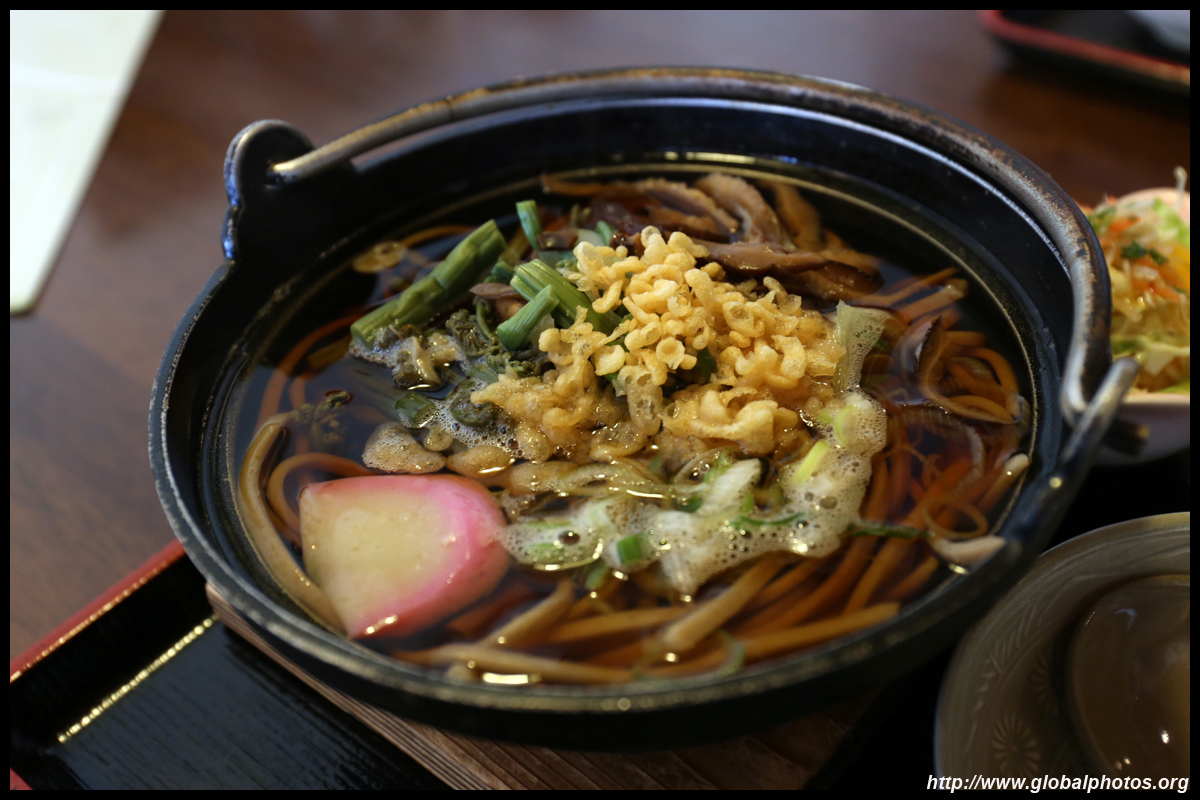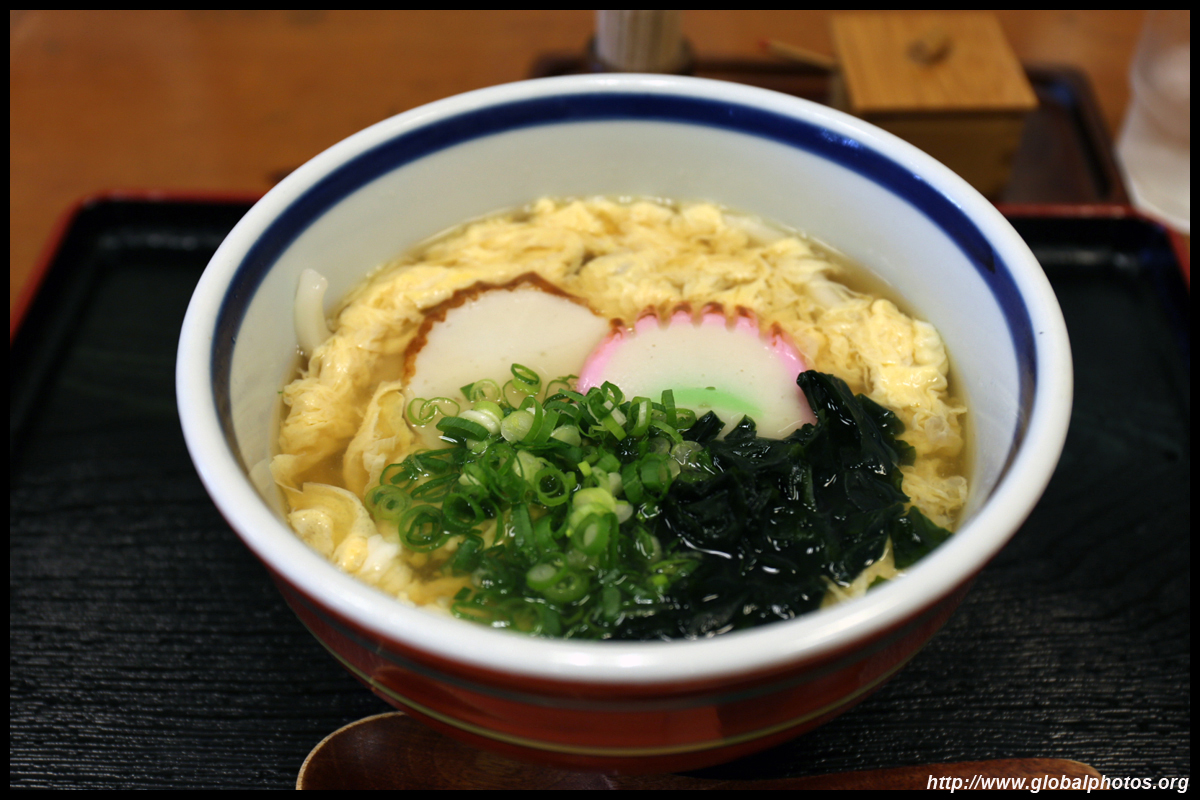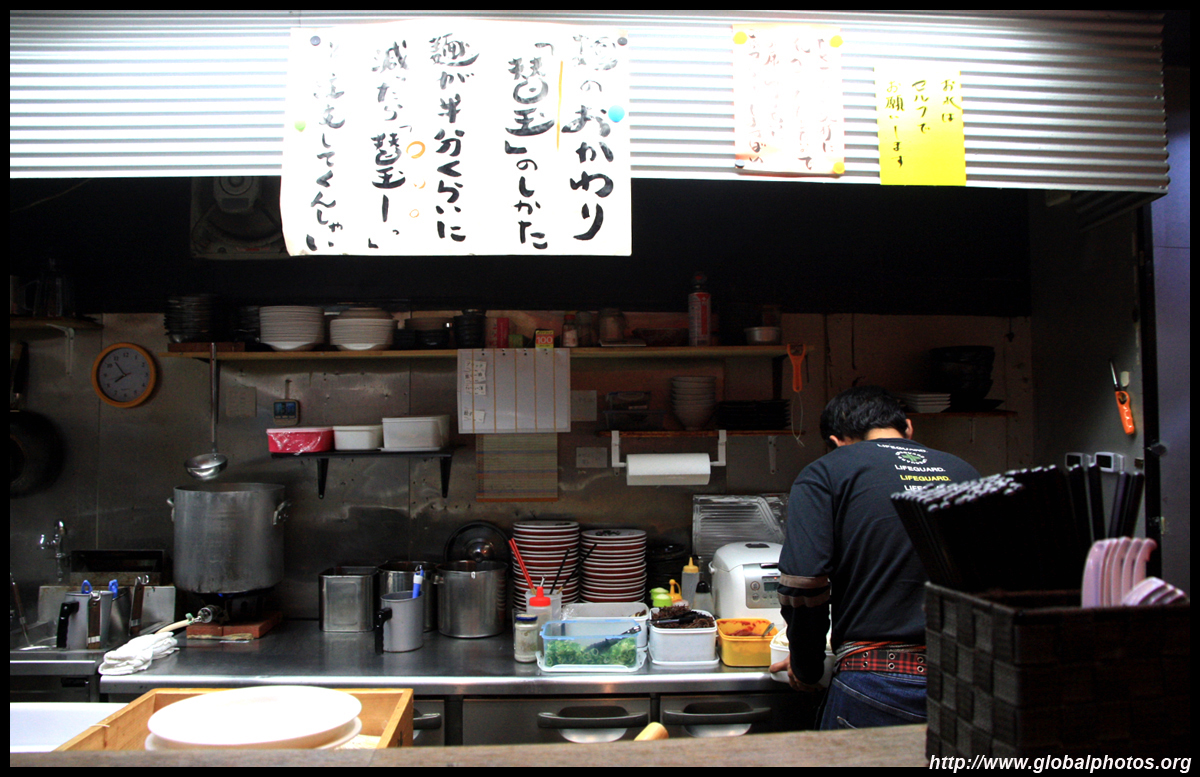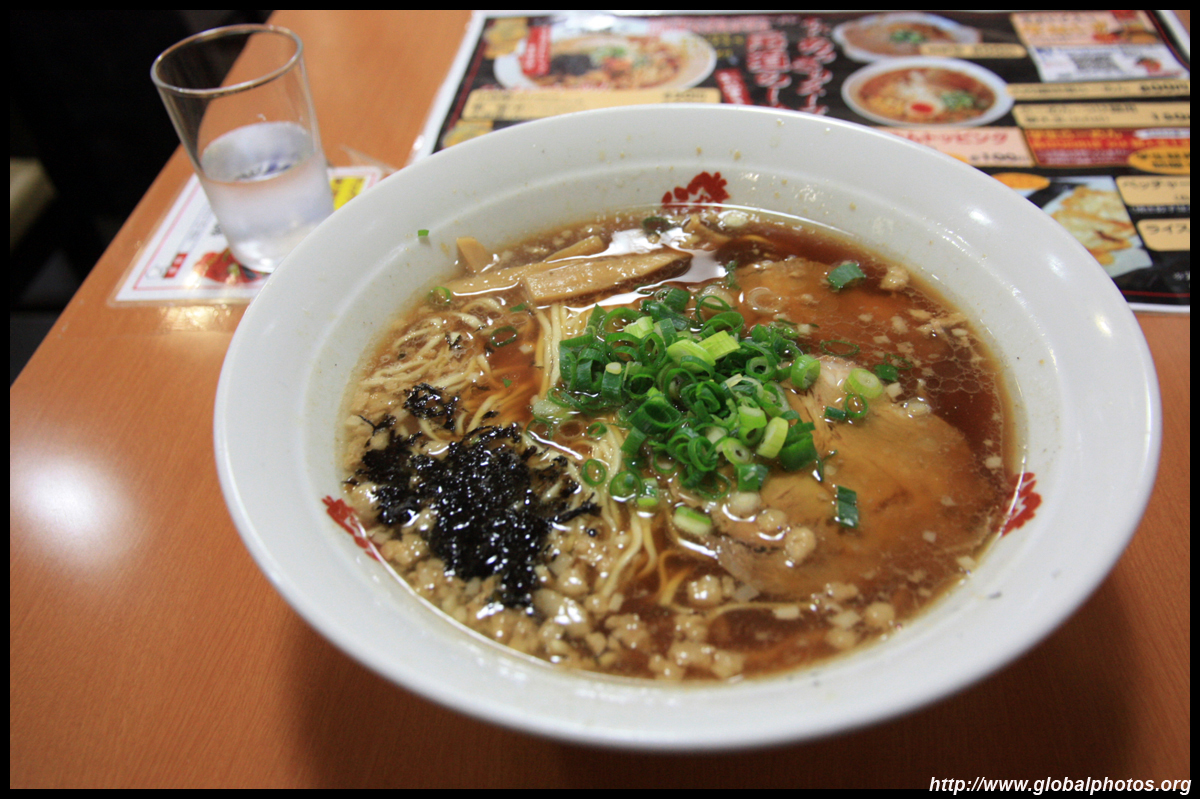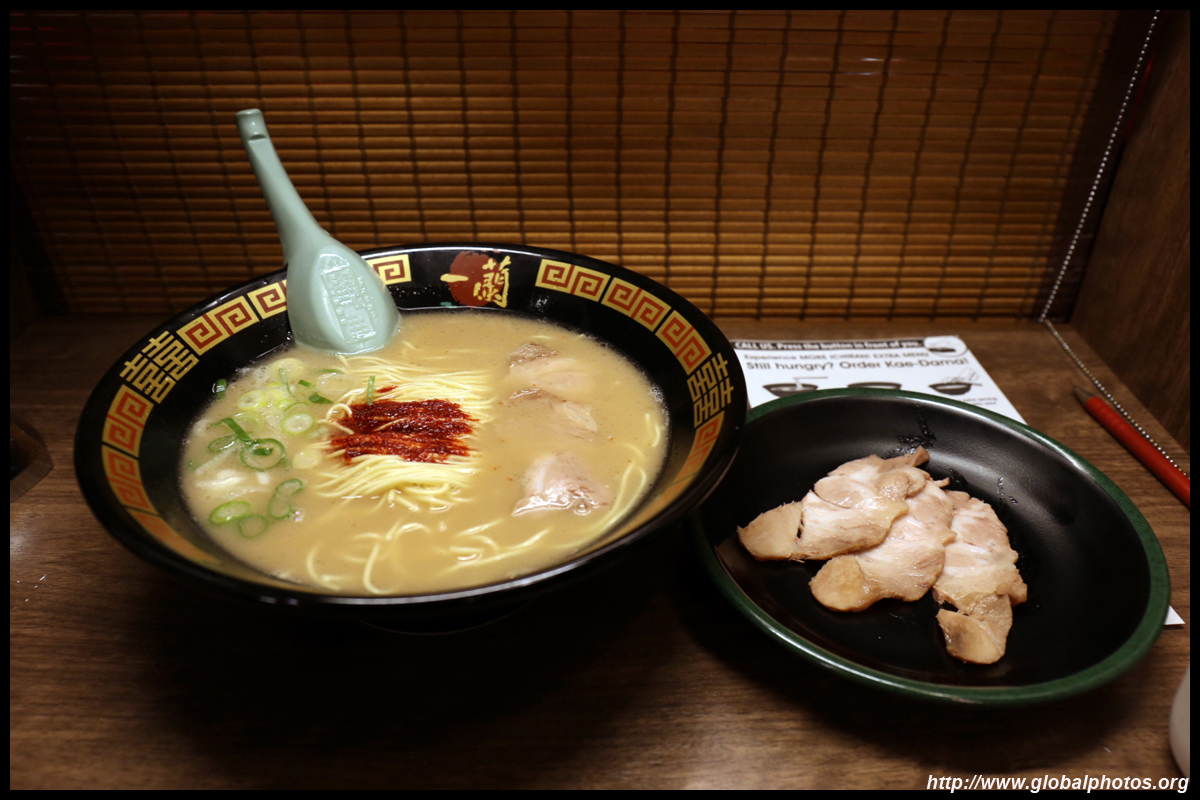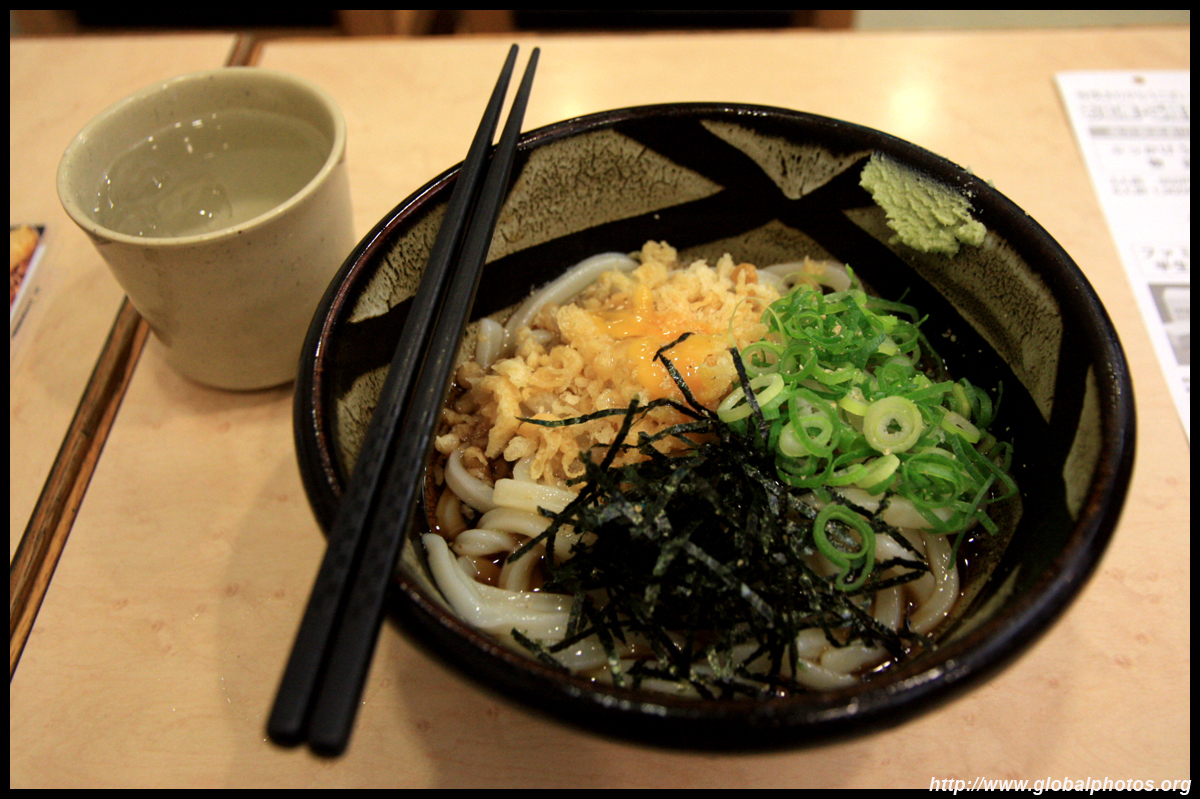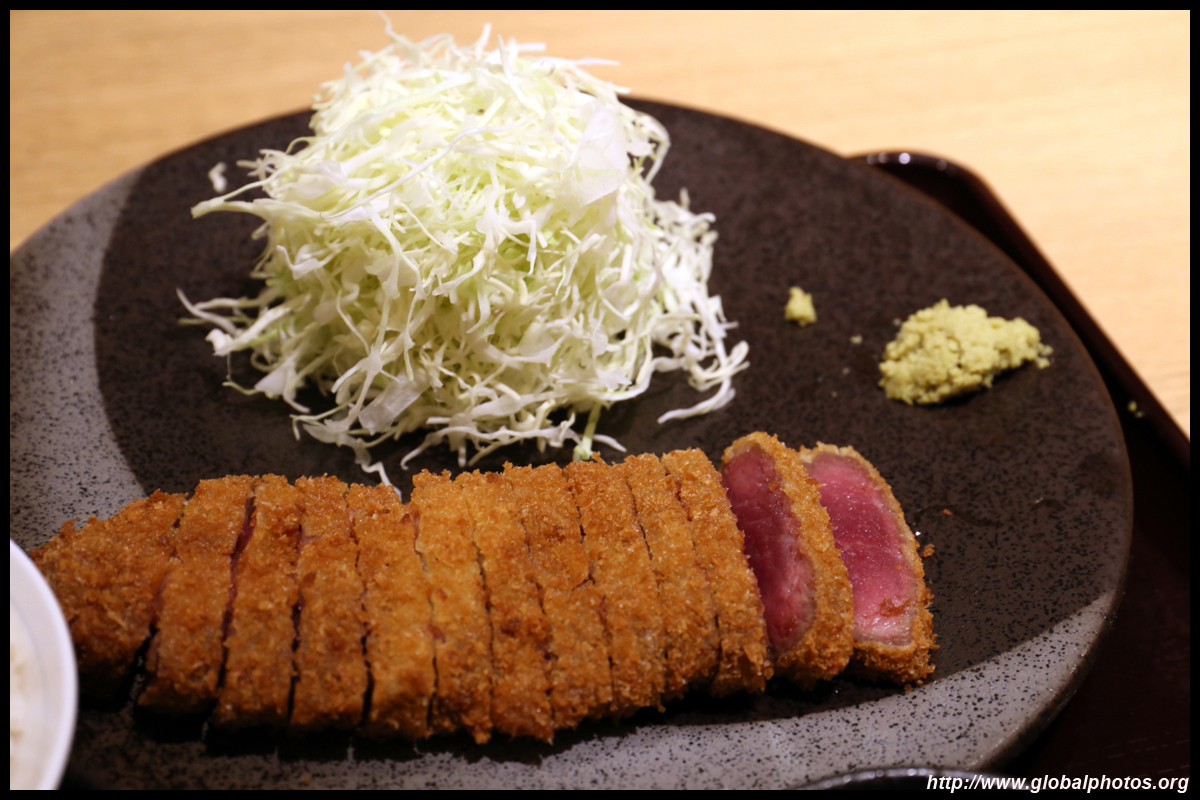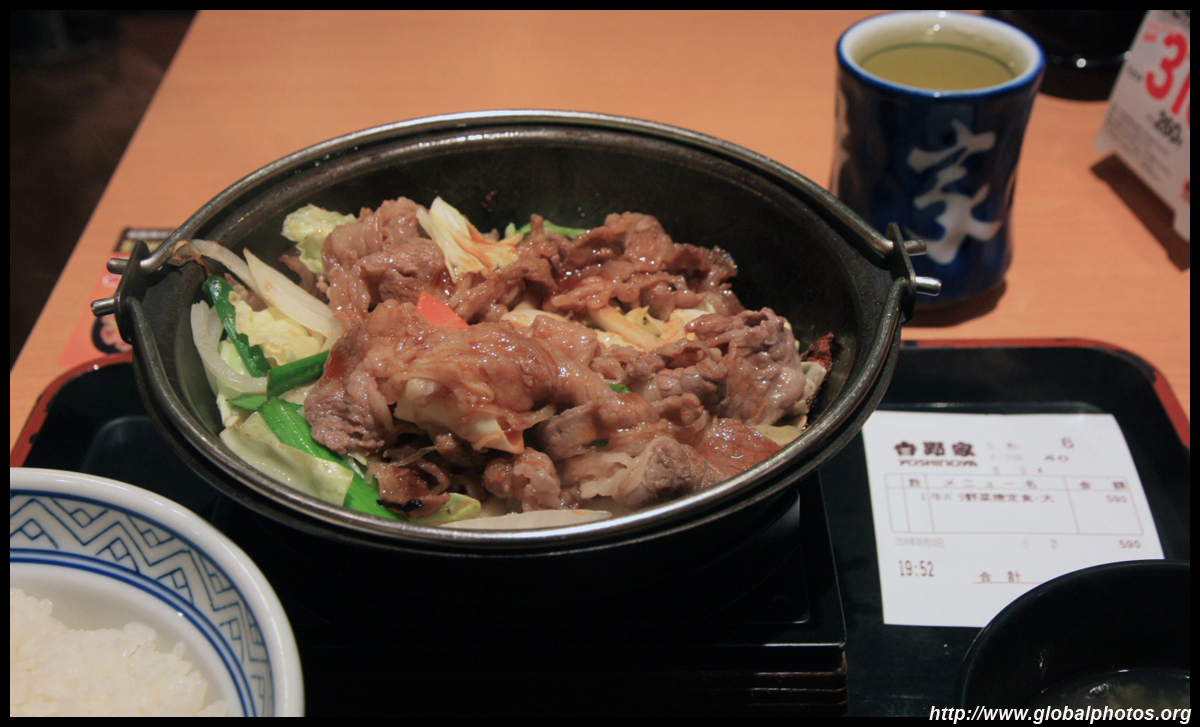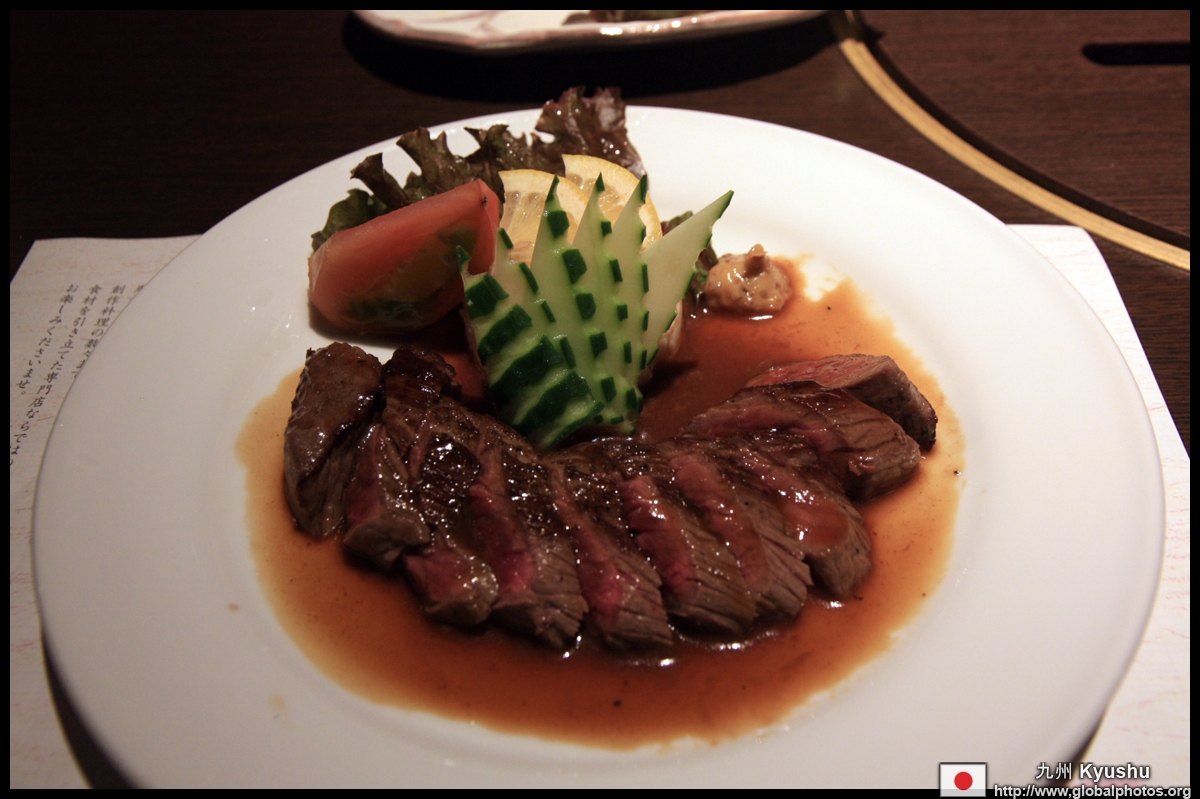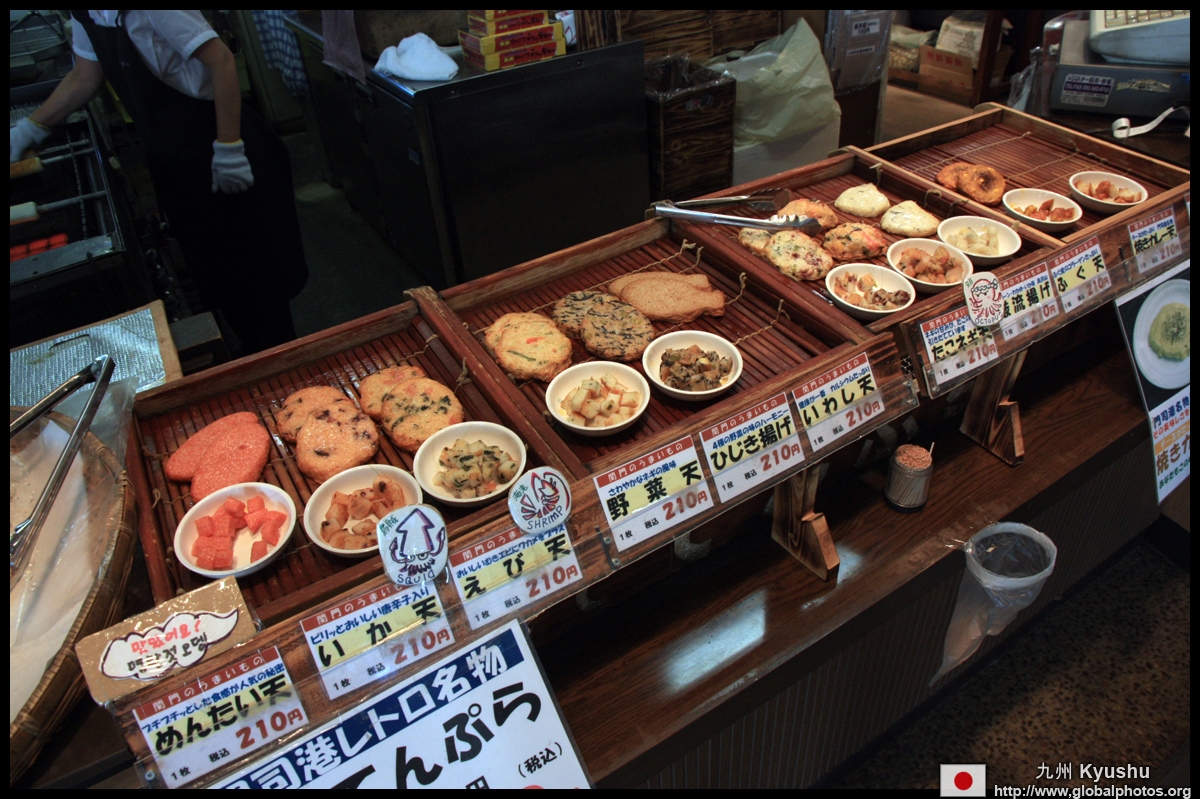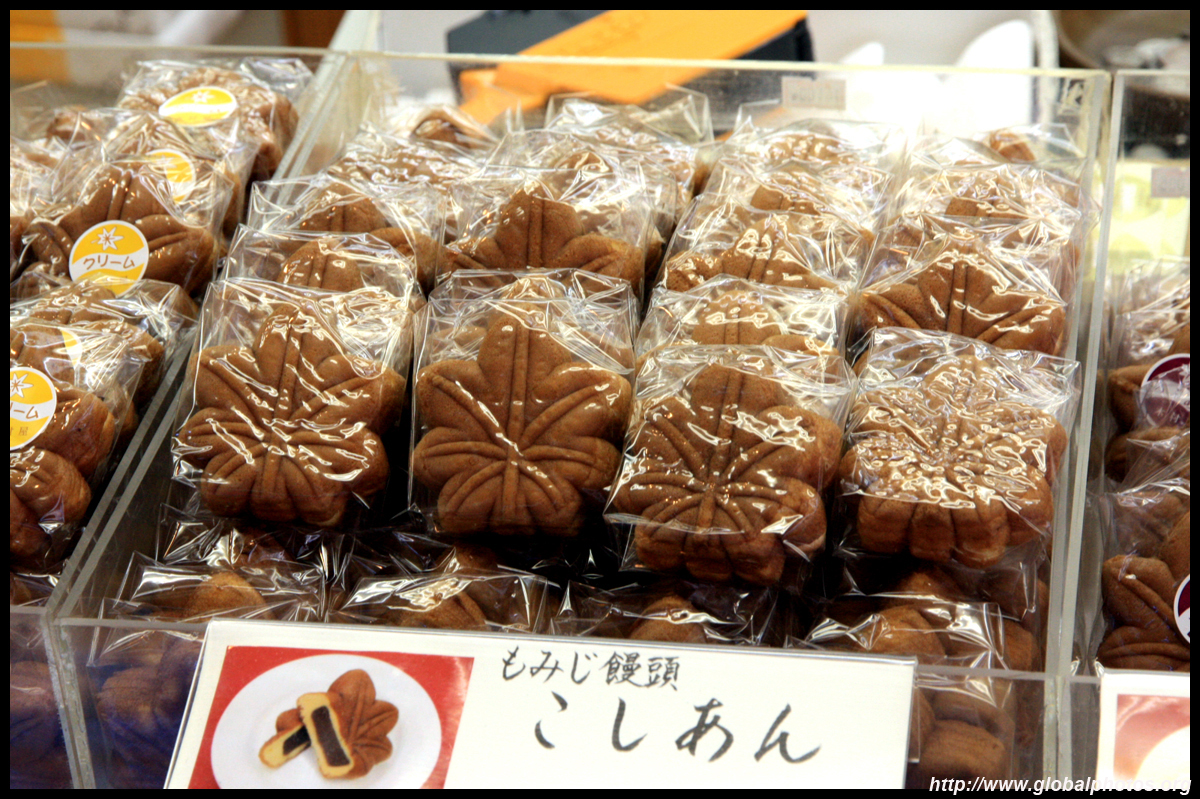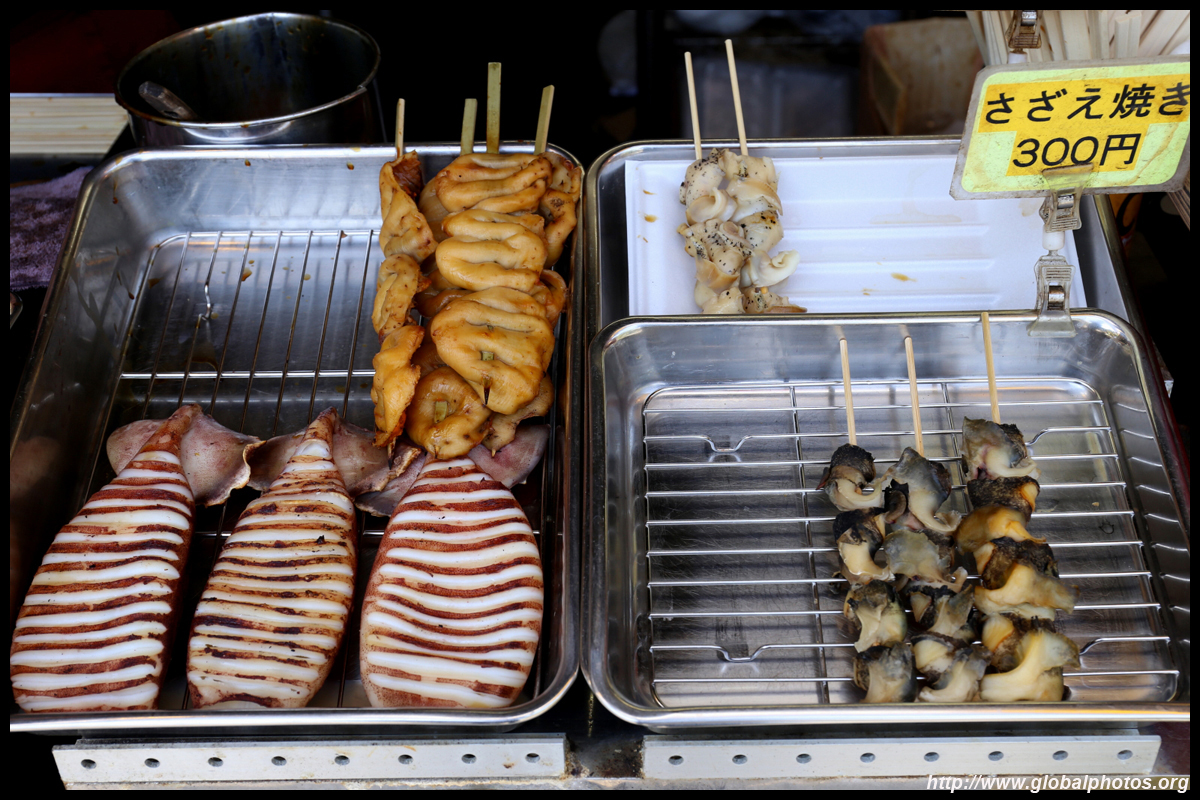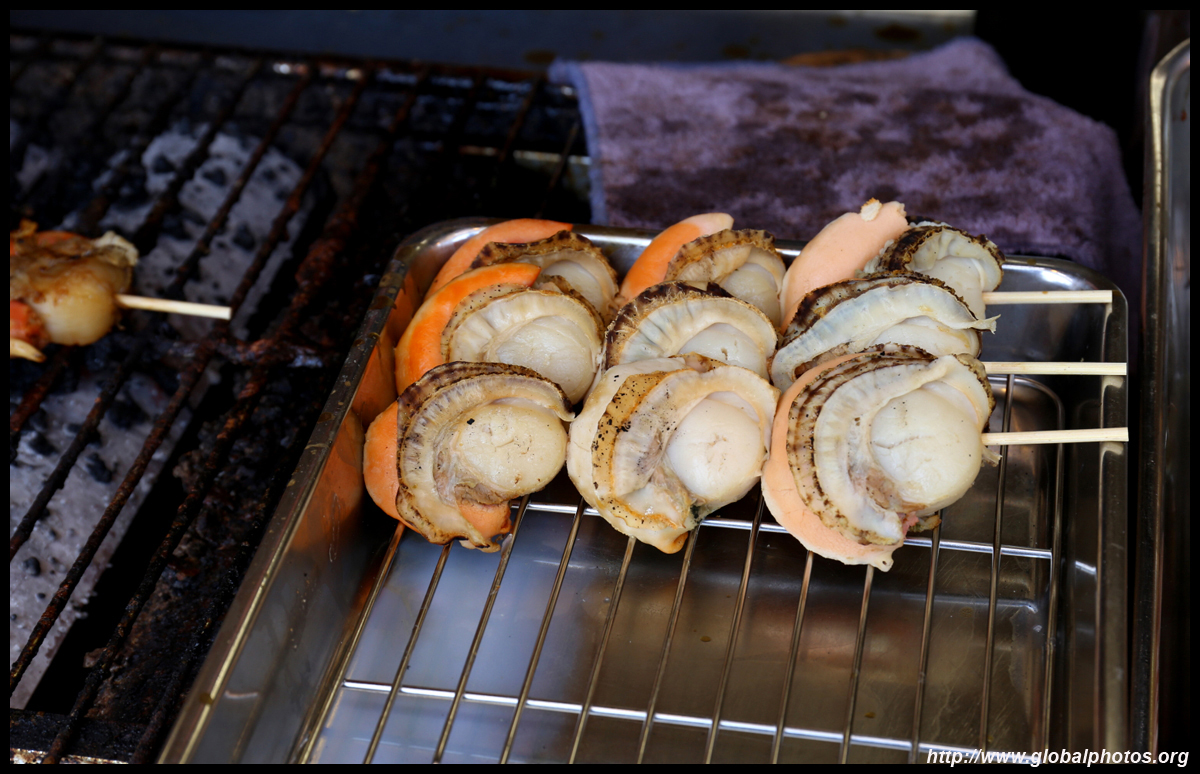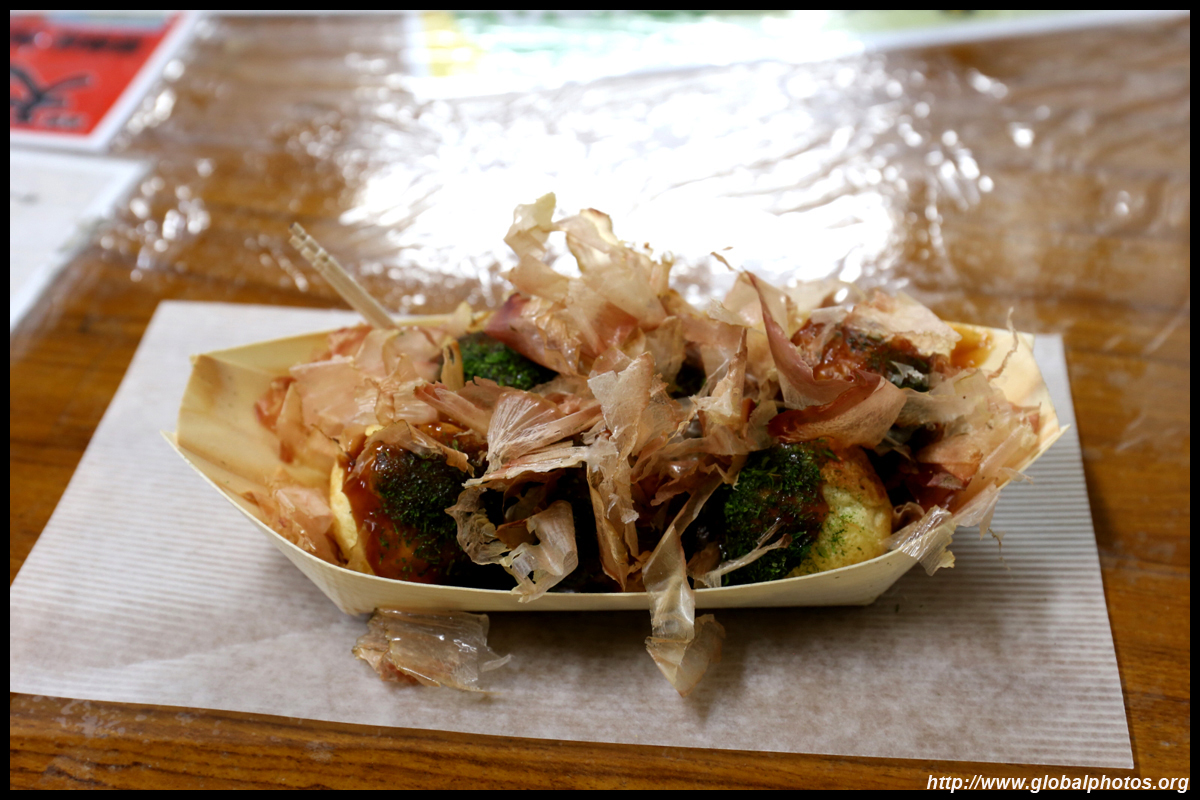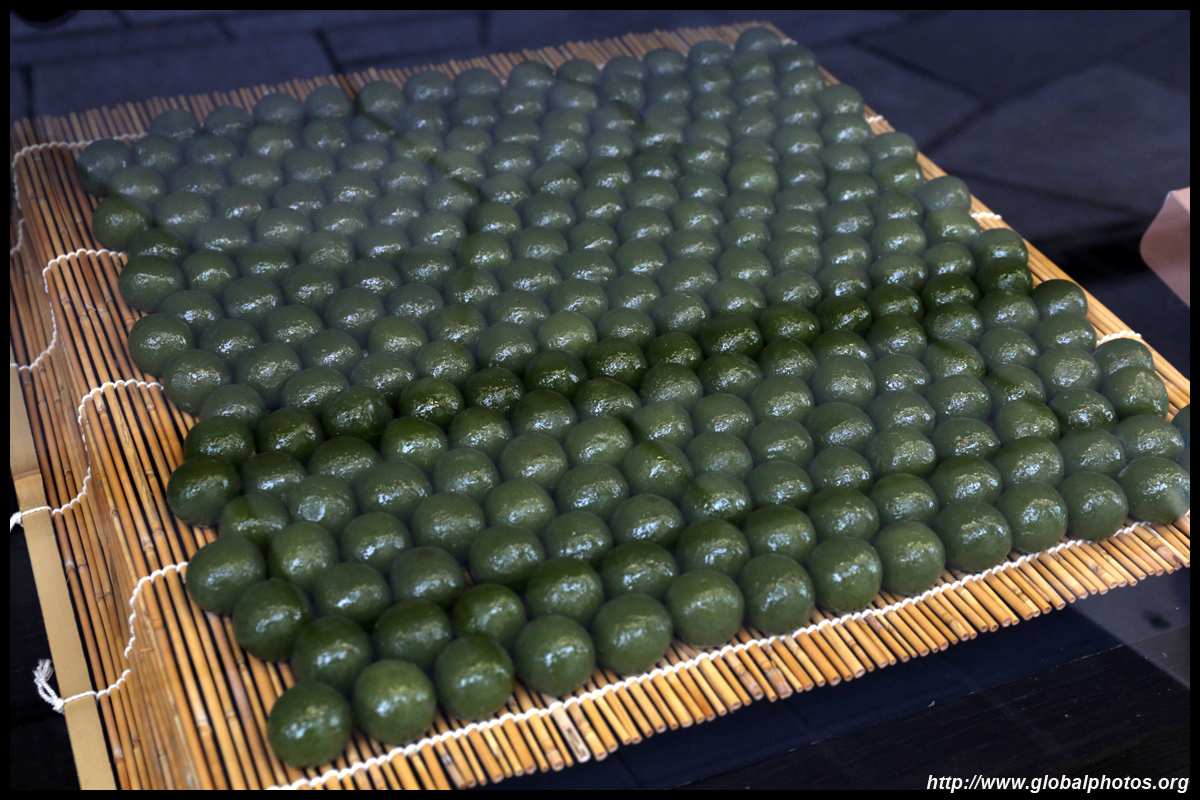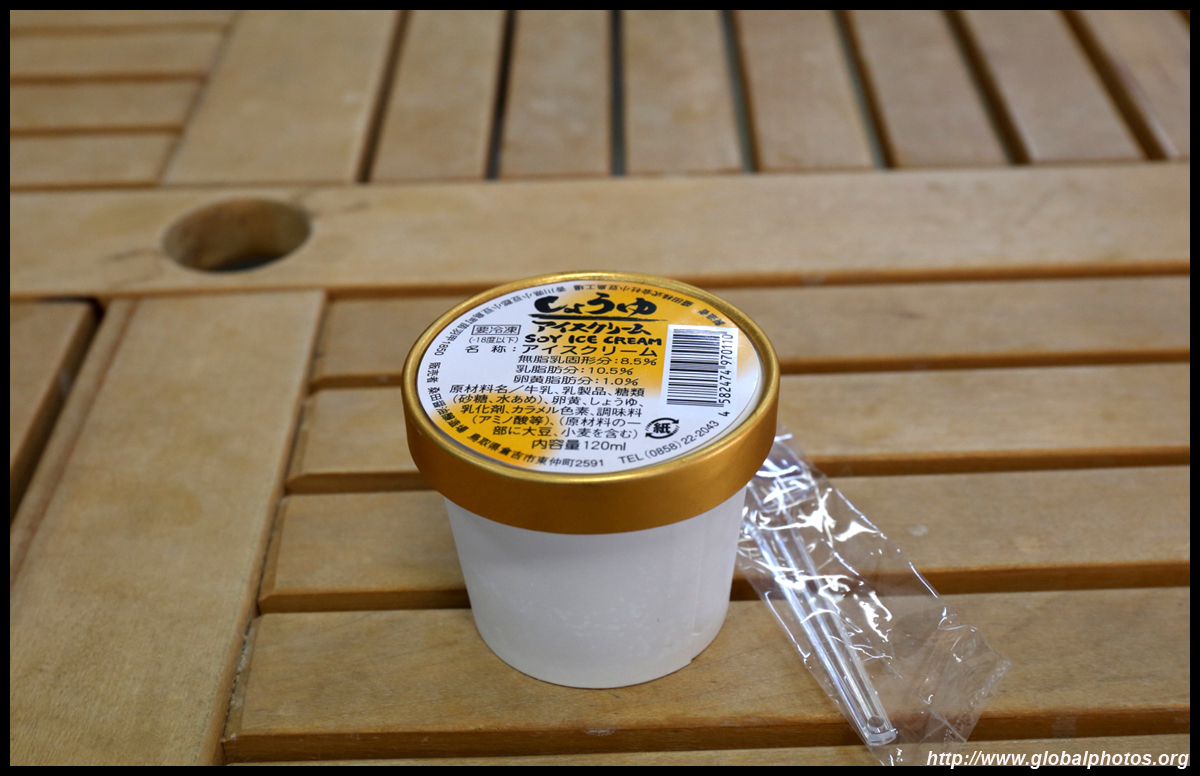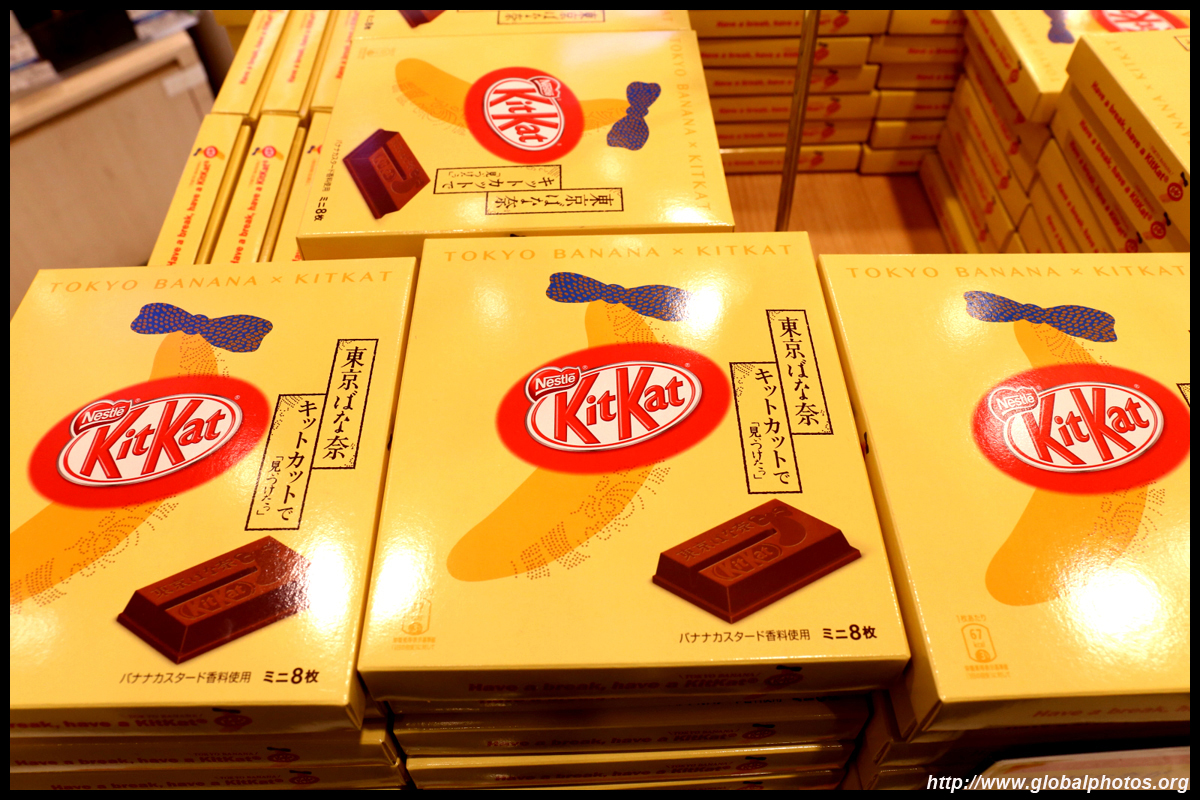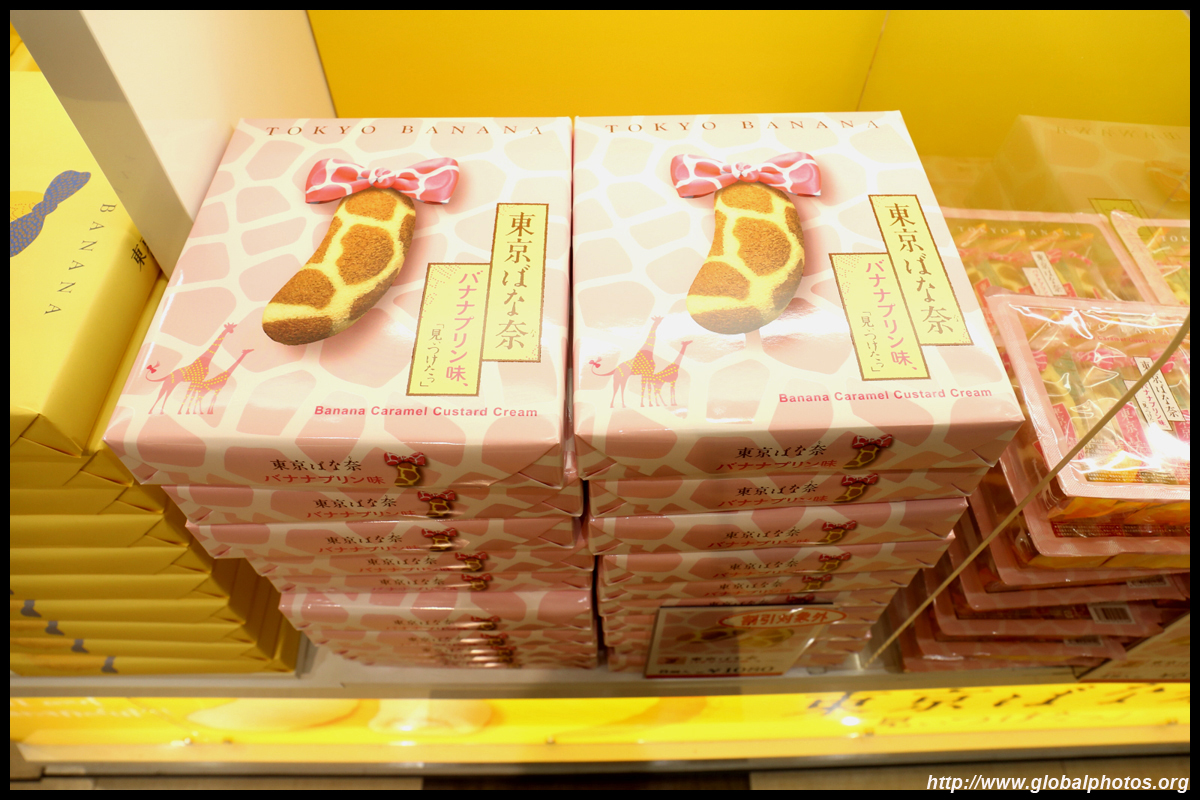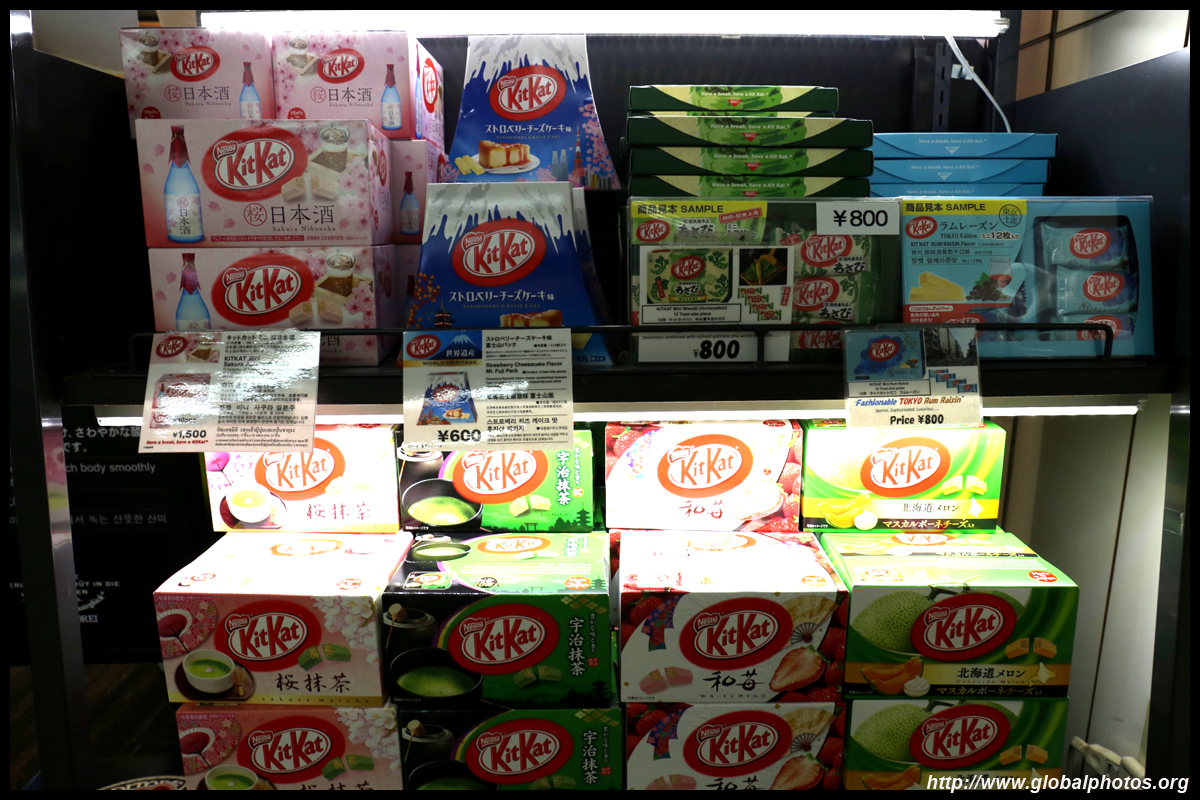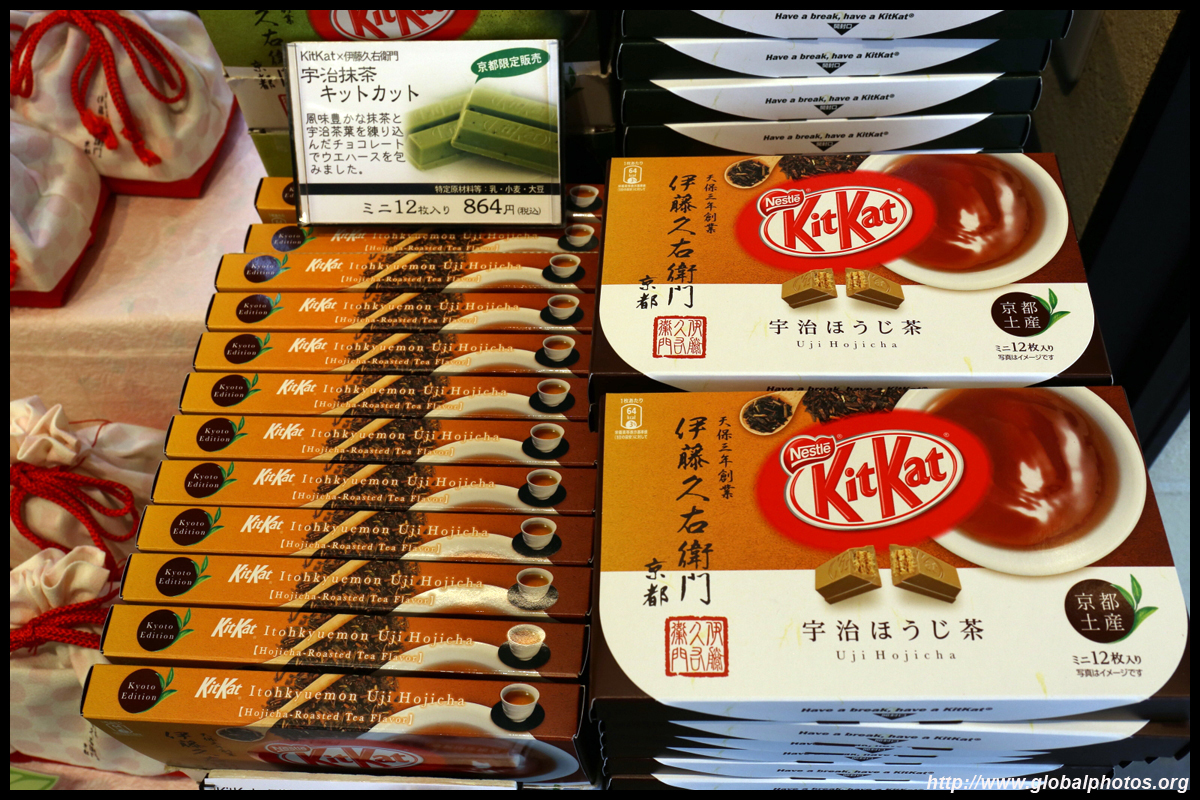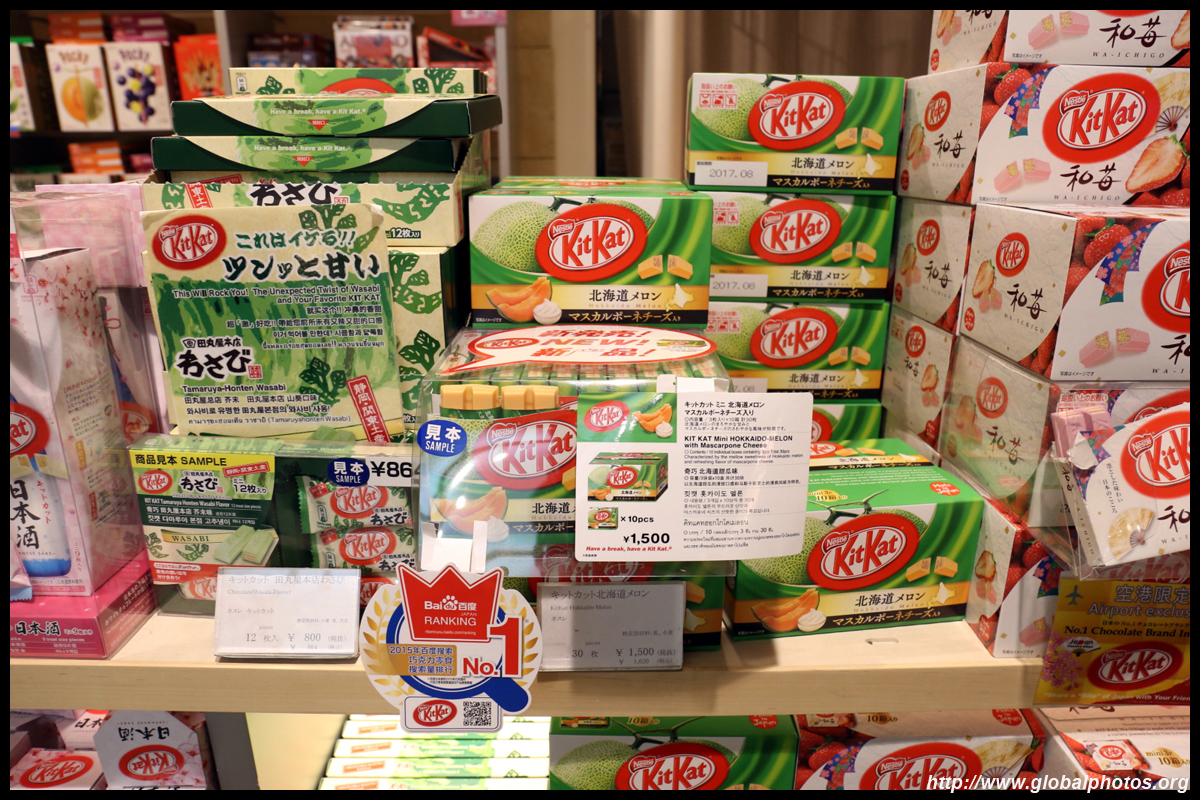Eating Out in Japan Photo Gallery

Udon / Noodles / RamenThis is a good small meal available in different types of setting from a proper restaurant to a simple standing table inside a train station. At Kawaguchiko, the gateway to Mount Fuji, this hoto noodle shop opposite the train station is a specialty in the region. The miso soup base and thick, flat noodles is believed to have satisfied a famous samurai commander.
In other settings :
Soba noodles can be eaten cold and dry, although you will also get some dipping sauce to dunk them into.
At the smaller restaurants, you first buy your meal ticket from a vending machine. It will spit out the receipt, which you will hand to the attendant. The staff there don't need to handle cash at all.
For ramen, we typically drink the soup as well as a sign of appreciation to the cook.
I was quite impressed with the variety of small ramen shops in Fukuoka.
Lonely salarymen can dine on a ramen in a cubicle where you order your food from a vending machine and a curtain will keep your face and the attendant's hidden throughout the meal.
Nagasaki was one of 4 ports open to foreign trade when the rest of the country closed its doors to the outside world between the 17th and 19th centuries. Foreign influences are quite visible in the city. On the food front, champon is based on a Fujian dish made by frying meat, seafood, and vegetables to be placed in a soup made with chicken and pig bones along with noodles.
Tonkatsu Fried pork or beef cutlet would usually be paired with a soup, salad, and rice.
Okonomiyaki
This is a Hiroshima specialty developed after hardship times fell post-World War II, when citizens stuffed thin pancakes with all sorts of goodies to fill up.
Beef Rice Hida beef from the Takayama region comes from a black-haired cattle breed raised for at least 14 months.
Beef sushi is also easily available in town.
A far cheaper alternative is to dine at a beef rice fast food chain such as Yoshinoya, which is easy to find anywhere across the country.
An alternative to beef is horse meat, which is a specialty dish in parts of Kyushu. They are available in either raw or cooked form, and tastes fairly similar to beef.
Curry Rice Japanese-style curry is actually not spicy and even a bit sweet.
Raw Fish Eating raw fish comes in 2 typical forms - a sashimi rice with a few toppings and in sushi form. Prices range across the board, but I typically visit the local fish market for a more affordable meal of fresh daily catch.
Sashimi rice can also be customized. At this market in Aomori, you purchase a book of coupons and use them at various stalls around the market to pick your own ingredients.
BBQ Japanese BBQ with beef and other meats with a sip of beer are a great way to end your day.
Street Food - Snacking If all that food wasn't enough for lunch or dinner, street food isn't hard to find either. These crackers have different flavours such as the typical seaweed wrapping.
Seafood can also be wrapped into a patty form.
Rice balls are readily available in convenience stores and can be a quick and filling bite to go.
In the Kiso Valley near Nagoya, try the gohei mochi, a white rice ball dipped in sweet brown sauce.
You can get umegae-mochi near Fukuoka. It is a local rice cake that was believed to ward off sickness.
Long lines snack out of this croquette shop in Kobe.
Kobe's Chinatown also has many street stalls offering a wide variety of snacks.
I got addicted to these little cakes with all sorts of filling inside. It is a local specialty in Miyajima but you can also find them in Hiroshima. I liked the red bean one most.
Meat and seafood skewers can be quite interesting, reflecting the local culinary landscape. For example, scallop is abundant in the Tohoku region and hence you get a generous portion of 3.
Takoyaki Have you tried octopus balls dipped in delicious sauce and dried fish flakes? At the stalls in Osaka's shopping district, you can watch staff make these from scratch on dedicated metal mould plates, flipping them from time to time to prevent them from sticking.
Mochi A bit larger in size but with a vastly different flavour, my favourite mochi is the traditional one with read bean filling.
Oden Oden is a style of cooking by soaking skewered food in hot broth. Convenience stores carry it or head to a small and cozy bar where you can have a seat and beer to go with it.
Desserts Wasabi comes from a plant and has a spicy zing that typically pairs with soya sauce and raw fish. However, it can also come in ice cream form.
Uji is famous for quality green tea, so desserts using this ingredient are quite easy to find and bound to taste good.
After a feast in Uji, I had another try at this famous shop in Kyoto station.
What would you think soy ice cream tastes like?
This fish-shaped pastry with red bean filling is available in hot form on the street or in frozen form at supermarkets.
These larger cakes can even make a meal in itself.
Railroad Bento Boxes My packed itinerary usually encompasses a train ride during meal time. Bento boxes are readily available at train stations offering all sorts of delicious food. Meals are typically cold and don't emit a food smell even for the meat options.
Kit Kat Japan's selection of this famous chocolate brand is quite mind-blowing, and many are only available in the country. Some unique flavours include green tea, sake, sweet potato, and even a crossover with Tokyo Banana, which makes a banana cream-filled cake.
| |||





